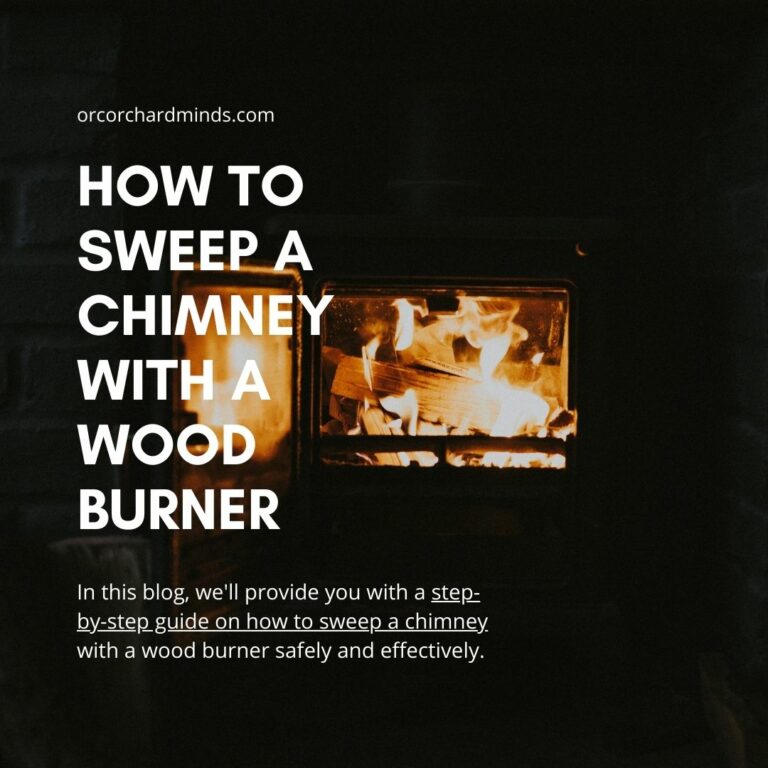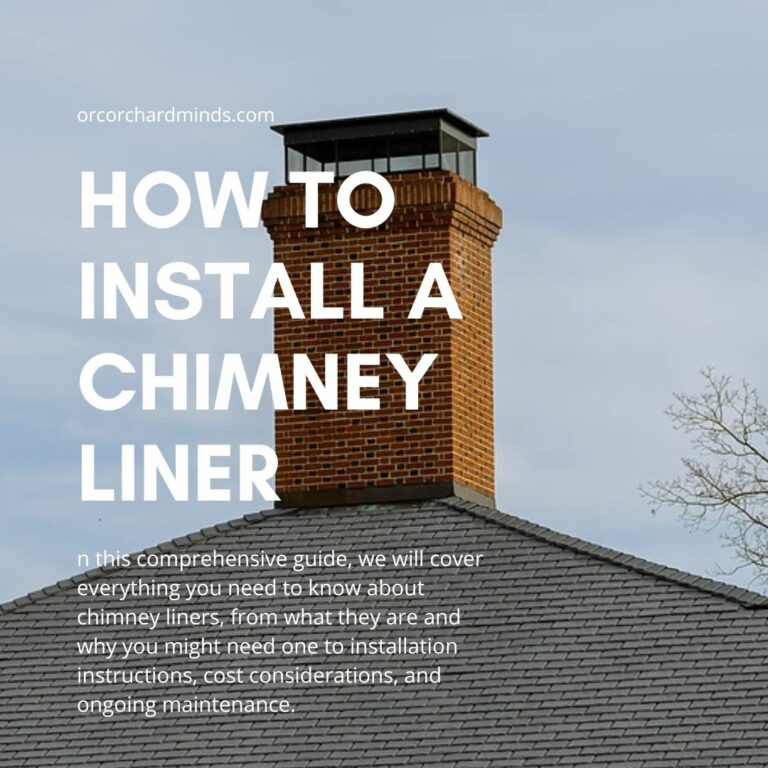One often overlooked aspect of keeping your home safe and sound is the chimney chase and its cover. While chimneys are essential to many homes, the chase-and-chase cover prevents water damage, animal infestations, and other potential issues. In this blog, we will explore what chimney chases and chase covers are, why they are essential, and how you can ensure they are adequately maintained.
What is a Chimney Chase?
A chimney chase is a protective enclosure that surrounds and conceals the pipe as it extends from the roof to the chimney cap. Chases are commonly constructed from wood, metal, or masonry materials. They serve several essential functions:
- Weather Protection: Chimney chases shield the chimney pipe from the elements, including rain, snow, and wind. This protection is crucial in preventing water damage and the degradation of the chimney system.
- Aesthetic Enhancement: Chimney chases come in various designs and materials, allowing homeowners to choose one that complements the style of their home’s exterior. They can enhance the overall look and curb appeal of the house.
- Insulation: Some chimney chases incorporate insulation to help maintain a consistent temperature within the duct. This insulation can improve the efficiency of fireplaces or wood-burning stoves.
What is a Chimney Chase Cover?
A chimney chase cover is a protective cap covering the top of the chase. These covers are typically constructed from non-combustible materials like metal, and they serve several vital functions:
- Water Protection: Chase covers act as barriers against rain, snow, and moisture. They direct water away from the chimney pipe, preventing water infiltration and the associated problems, such as rust and water damage.
- Animal Deterrent: Without a properly installed chase cover, your chimney becomes a potential nesting site for birds, squirrels, raccoons, wasp and other wildlife. Chase covers usually feature mesh or screening to keep animals out.
- Ventilation: Properly designed chase covers allow for adequate ventilation while preventing downdrafts that could affect the performance of your fireplace or stove.
- Aesthetic Consideration: Chase covers come in various materials, including stainless steel, copper, aluminum, and galvanized steel. Choosing a suitable material can enhance the chimney’s appearance, adding to the overall aesthetics of your home.
Types of Covers on a Chimney Chase
Chimney chase covers are available in various materials, each with its own set of advantages:
- Aluminum: Aluminum chase covers are lightweight and corrosion-resistant. They are a cost-effective option and can last many years with proper maintenance.
- Stainless Steel: Stainless steel chase covers are durable, rust-resistant, and suitable for areas with harsh weather conditions. They have a sleek, modern appearance and are famous for homeowners seeking longevity.
- Galvanized Steel: Galvanized steel chase covers are coated with zinc to resist corrosion. While they are budget-friendly, they may not be as durable as stainless steel or copper covers.
- Copper: Copper chase covers offer an elegant and traditional look. They are highly corrosion-resistant and can develop a beautiful patina over time. Copper covers are often chosen for their aesthetic appeal.
Why You Need a Chimney Chase Cover
1. Protection: A chimney chase cover is like a shield for your chimney system. It plays a crucial role in preventing various potential problems:
- Water Damage: Rain and snow can wreak havoc on your chimney if not correctly managed. Water intrusion can lead to the deterioration of your chimney’s bricks, mortar, and interior components. Over time, this can result in costly repairs.
- Animal Intrusions: Without a secure cover, your chimney can become an inviting nesting site for birds, squirrels, raccoons, and other wildlife. These animals can block your vent, creating safety hazards and damaging your fireplace or stove.
- Downdrafts: A well-designed chase cover helps maintain proper ventilation while preventing downdrafts. Downdrafts occur when wind pushes smoke and gases back into your home instead of allowing them to exit the chimney. This can disrupt your indoor air quality and even pose health risks.
2. Longevity: Exposure to the elements can take a toll on your chimney system over time. Without a chase cover, your chimney pipe and components are subjected to rain, snow, ice, and UV radiation. These elements can accelerate the deterioration of your chimney, causing structural issues and reducing its lifespan.
Installing a chimney chase cover provides a protective barrier that shields your chimney from these harsh environmental factors. This extra layer of defense can significantly extend the life of your chimney, saving you money on costly repairs and replacements in the long run.
3. Aesthetics: Chase covers aren’t just functional; they can also be aesthetically pleasing. Depending on the material and design you choose, a well-crafted chase cover can enhance the overall appearance of your home:
- Material Choices: Chase covers are available in various materials, including stainless steel, copper, and decorative options. These materials can add a touch of elegance or complement your home’s architectural style.
- Polished Look: A chase cover provides a finished, polished look to your chimney. It gives your chimney a tidy, well-maintained appearance that can improve your home’s curb appeal.
- Customization: You can often customize the design and material of your Chase cover to match your home’s aesthetic preferences. This allows you to achieve a cohesive look that enhances your home’s visual appeal.
When to Replace Your Chimney Chase and Chimney Cover
Regular maintenance and inspections are essential to determine when your chimney chase and chimney chase cover need replacement. Here are some signs that relief may be necessary:
- Rust or Corrosion: If you notice rust or corrosion on your chase cover, it may no longer provide adequate protection.
- Damage: Any visible damage, such as dents, cracks, or holes in the chase cover, should be addressed promptly.
- Water Leaks: If you experience water leaks or staining around your fireplace or chimney, it could indicate a problem with the chase cover.
- Animal Infestations: If animals can enter your chimney system despite the chase cover, it’s time for a replacement with better animal deterrent features.
FAQS about chimney chases & chimney chase covers
How often should I inspect my chimney chase and chase cover?
It’s recommended to have an annual inspection by a professional chimney sweep or technician to ensure your chimney chase and chase cover are in good condition.
What are the signs that my chimney chase or chase cover needs replacement?
Signs of rust, corrosion, visible damage, water leaks, or animal infestations are indicators that your chimney chase or chase cover may need replacement.
Can I install a chimney chase cover myself?
While some homeowners may choose to install chimney chase covers themselves, it’s often best to hire a professional to ensure proper installation and address potential issues.
Are copper chase covers worth the investment?
Copper chase covers offer durability, corrosion resistance, and a beautiful patina over time. They are often chosen for their aesthetic appeal and longevity.
How do I choose the suitable chimney chase cover material for my home?
The choice of material depends on factors like your budget, climate, and aesthetic preferences. Consulting with a professional can help you make the right decision.
Can a damaged chimney chase or chase cover lead to more significant problems?
Yes, if left unaddressed, a damaged or deteriorating chimney chase or chase cover can lead to water damage, animal infestations, and even structural issues with your chimney and home.




Leave a Comment